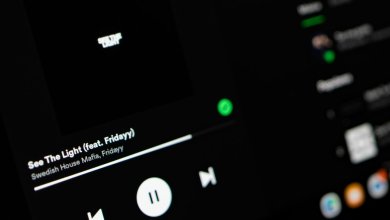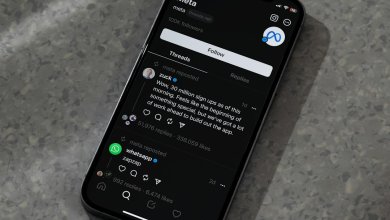
Common Issues with LFP Batteries in Solar
So, you’re thinking about using LFP batteries for your solar setup? Great choice! LFP, or Lithium Iron Phosphate batteries, are known for their long life and safety. They’re perfect for solar energy systems. But, like most things, they come with a few quirks. Let’s explore some of the common issues and how to deal with them—without getting too technical!
1. Cold Weather Blues
LFP batteries and chilly temperatures aren’t the best of friends. Unlike other batteries, LFPs don’t like to charge below 0°C (32°F). In fact, trying to do so can damage them permanently.
What can you do about it?
- Use a battery heater when temperatures drop.
- Keep them indoors or in an insulated box.
- Get a BMS (Battery Management System) with low-temp cutoff.
2. Overcharging Isn’t Cool
LFP batteries are tough, but they don’t like being overcharged. Doing so can increase heat, cause swelling, and reduce their lifespan.
How to prevent this?
- Use a solar charge controller that’s made for lithium batteries.
- Set the voltage limits correctly to avoid overcharging.
This is important because LFP batteries have a narrower voltage window compared to lead-acid ones.
3. Unbalanced Cells
LFP battery packs are made of individual cells. Sometimes, these cells don’t charge or discharge at the same rate. That causes imbalance. If it’s not corrected, it shortens the battery’s life.
Fixes:
- Use a BMS that monitors and balances cell voltages.
- Occasionally do a full charge to allow balancing.
- Check for worn-out cells if the problem continues.
This sounds techy, but most modern systems handle it automatically. Just make sure your setup isn’t using a “dumb” BMS!
4. Voltage Confusion
LFP batteries have a flat voltage curve. That means even when a battery is half-full, the voltage looks almost the same as when it’s fully charged. This confuses some users—and charge meters.
What’s the workaround?
- Use a battery monitor that tracks amp-hours, not voltage.
- Understand that voltage alone isn’t enough to check charge level.
5. Sudden Shut-Down
If your LFP battery suddenly shuts off, don’t panic. It’s probably the BMS doing its job. It cuts off power if the battery gets too hot, too cold, or runs out of juice.
To fix this issue:
- Let it rest. Give your battery some time to recover.
- Charge it slowly with a low-amp source if it’s deeply discharged.
- Make sure you have the right BMS settings for your setup.
These safety features are good! But unexpected shut-offs can be frustrating if you don’t know why they happened.
6. Depth of Discharge Mistakes
LFP batteries can be discharged deeply—up to 80% or even 90%. That’s way better than lead-acid. But doing this too often can affect long-term health.
TIPS:
- Try to keep the battery between 20% and 80% most of the time.
- Full cycles are okay now and then, but not all the time.
This helps your LFP battery live a long, powerful life.
Conclusion: Don’t Fear the LFP
LFP batteries are awesome for solar energy. They’re safe, long-lasting, and charge fast. Yes, they come with a few peculiarities. But with a little care and the right equipment, you can avoid common problems. Just remember to:
- Protect them from extreme cold
- Use a smart BMS and charge controller
- Monitor their health regularly
Take care of your battery, and it’ll take care of your solar setup—day and night!



